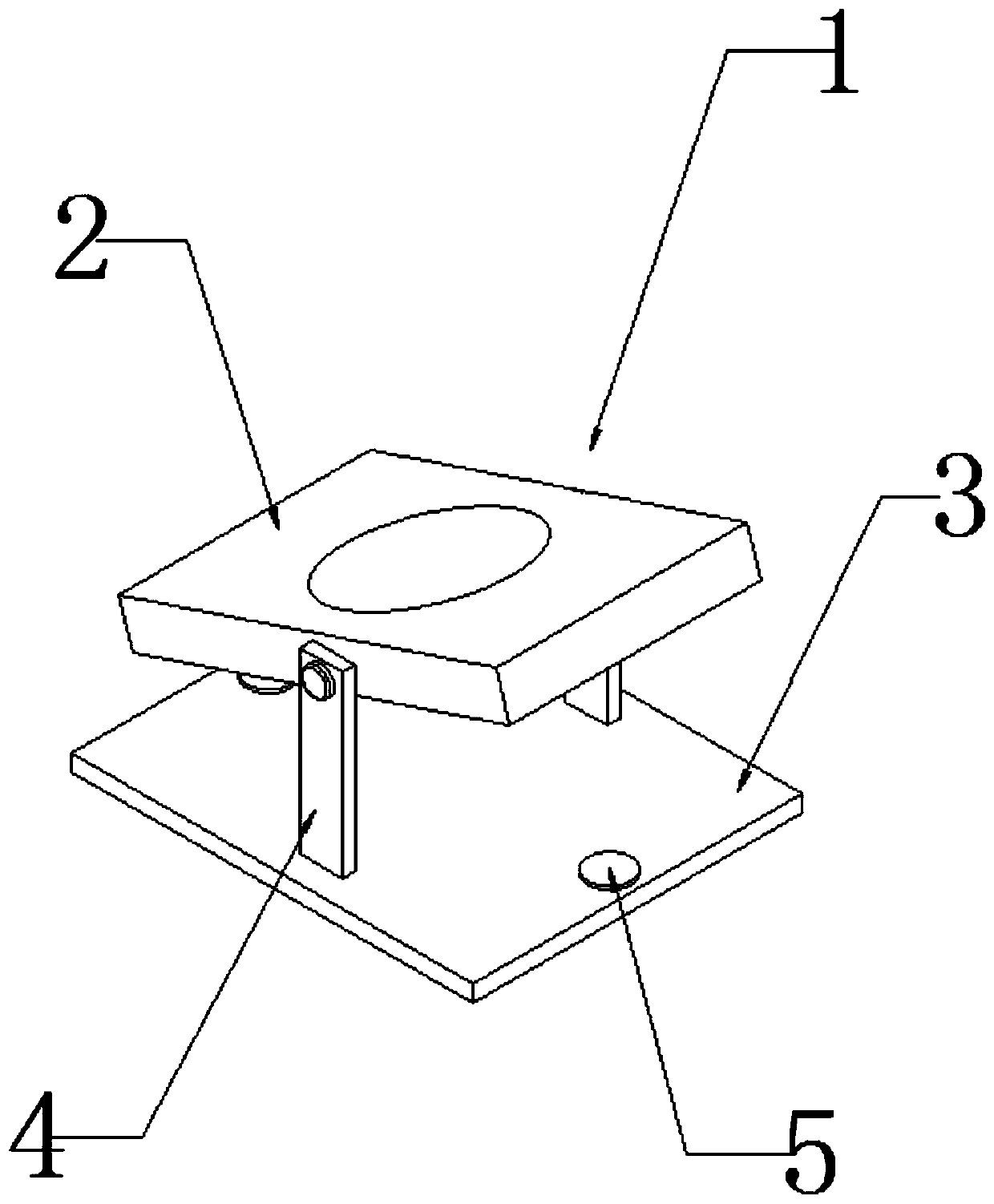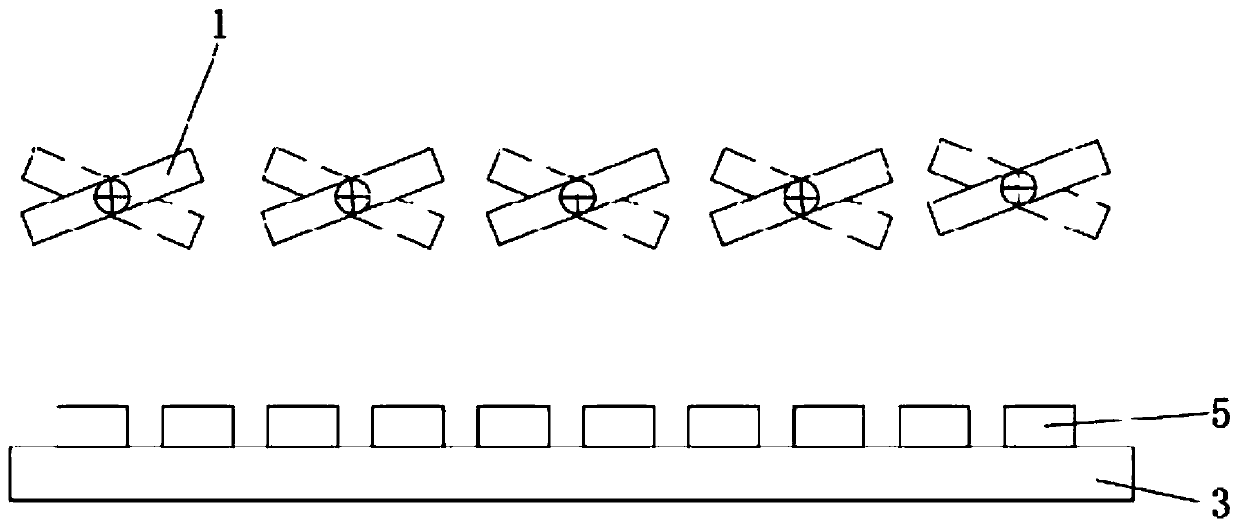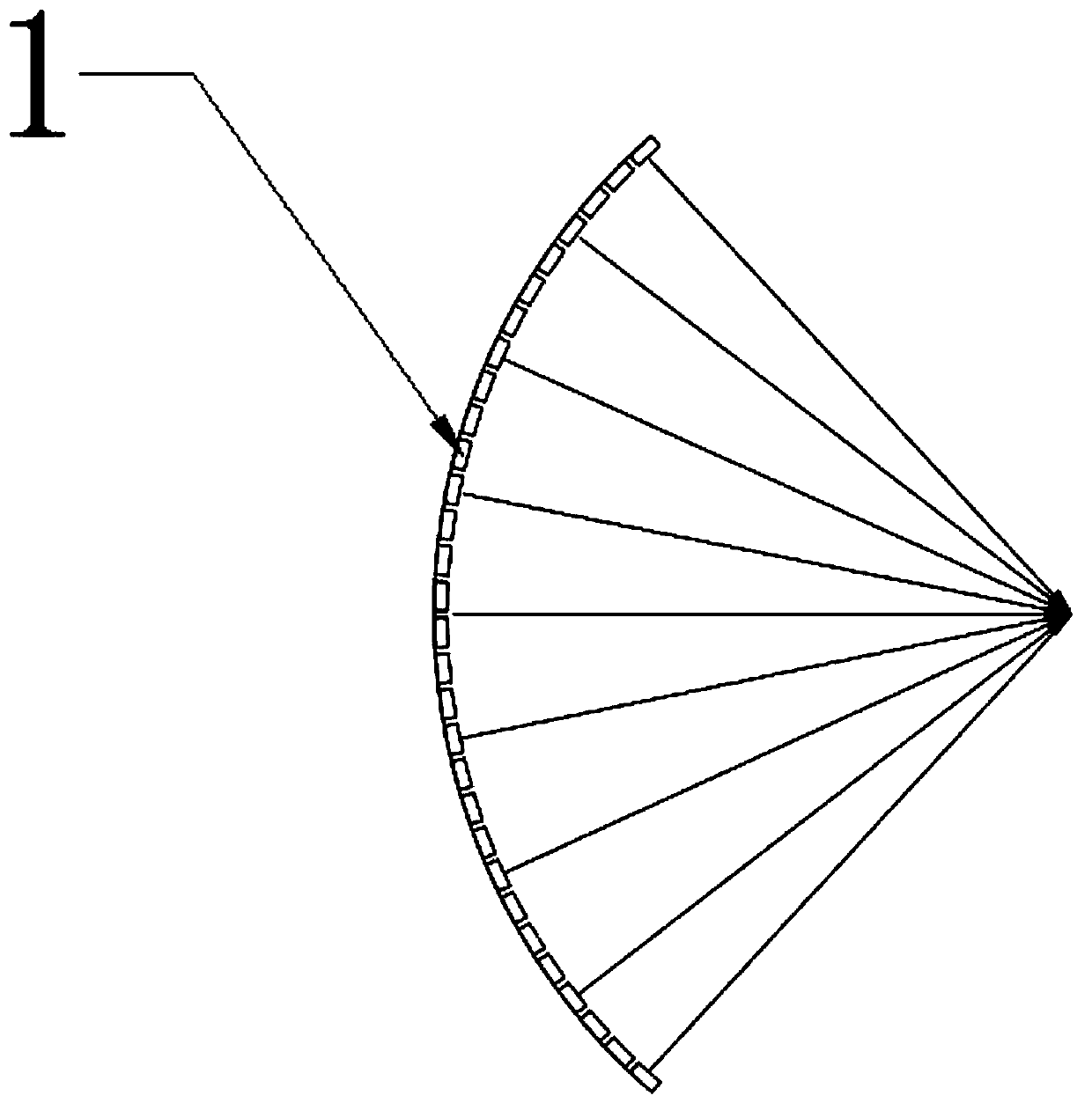Lens antenna based on MEMS array
An array lens and antenna technology, which is applied to antennas, antenna arrays, antenna arrays that are energized separately, etc., can solve problems such as poor electronic countermeasures, large cooling requirements, and large power consumption, so as to improve the slow response speed and expand the radiation range. , the effect of enhancing the emission intensity
- Summary
- Abstract
- Description
- Claims
- Application Information
AI Technical Summary
Problems solved by technology
Method used
Image
Examples
Embodiment Construction
[0016] The technical solutions of the present invention will be clearly and completely described below in conjunction with the embodiments. Apparently, the described embodiments are only some of the embodiments of the present invention, not all of them. Based on the embodiments of the present invention, all other embodiments obtained by persons of ordinary skill in the art without creative efforts fall within the protection scope of the present invention.
[0017] see Figure 1-4 As shown, a MEMS array lens antenna is characterized in that it includes an antenna array unit 1, each antenna array unit 1 is installed at an angle to the horizontal ground, and several antenna array units 1 are combined to form a concave lens array and a convex lens array Arrangement, the MEMS antenna array unit 1 is made into the form of a lens. The antenna array unit 1 includes an antenna unit 2, a base 3, a rotating mount 4 and an electrode 5. The two sides of the antenna unit 2 are respectively ...
PUM
 Login to View More
Login to View More Abstract
Description
Claims
Application Information
 Login to View More
Login to View More - R&D
- Intellectual Property
- Life Sciences
- Materials
- Tech Scout
- Unparalleled Data Quality
- Higher Quality Content
- 60% Fewer Hallucinations
Browse by: Latest US Patents, China's latest patents, Technical Efficacy Thesaurus, Application Domain, Technology Topic, Popular Technical Reports.
© 2025 PatSnap. All rights reserved.Legal|Privacy policy|Modern Slavery Act Transparency Statement|Sitemap|About US| Contact US: help@patsnap.com



